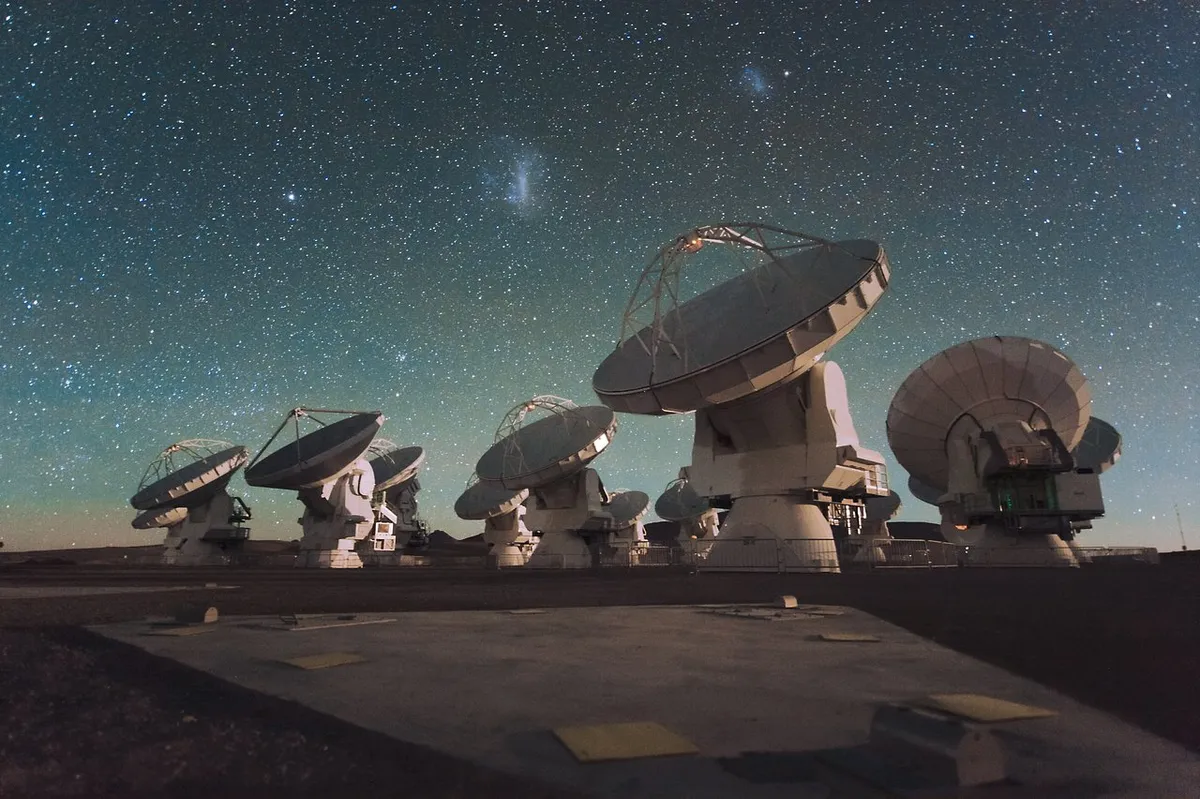There was a time not so long ago when astronomy was regarded as a subject divorced from everyday activities.
The picture of a typical astronomer conjured up an old man with a long white beard, spending his time in a lonely observatory.
That picture was never accurate and today it could not be further from the truth.
Professional astronomers spend relatively little time inside observatories and almost never look directly through a telescope.
For more astronomy advice, read Patrick's guide to the Pleiades, his pick of the best autumn galaxies or top winter astronomy sights.

It is only amateurs who carry out old-fashioned observations.
Yet the contributions made by amateurs are as important now as they ever were and are widely welcomed.
This is a state of affairs probably not found in any other branch of science.
Amateurs hunt for comets and exploding stars, monitor variable stars, routinely observe the surfaces of the planets, obtain records of meteor showers and aurorae, and much more.

Amateur astronomers of today use equipment that enables them to match the results of major observatories when I first became interested.
Elaborate, expensive equipment is quite unnecessary for some branches of research and anybody who wants to take a real interest needs nothing apart from enthusiasm and adequate eyesight.
Quite apart from this, there are many folk who are anxious to take more than a passing interest in the skies, but who have absolutely no desire to do anything in the nature of scientific work.
After all, who can fail to be fascinated by what is happening ‘up there’?Astronomy can take as much or as little time as required.
Getting started in astronomy

So if you want to start taking a real interest in astronomy, how do you go about it?
I can answer the question with authority because I have been down that road myself.
First I did some reading of astronomy books and made myself familiar with basic facts.
Next, I obtained an outline star map and learned my way around the night sky, which is not nearly so difficult as it might seem because the stars do not change position relative to each other.
I used to go out after dark, when the sky was clear, and made a pious resolve to learn one new constellation every night.
Within months I had an adequate working knowledge, and the stars become much more interesting when you know which is which.
Getting to know the planets

Only the planets wander around and each has its own distinguishing characteristics.
Venus and Jupiter are brilliant and Mars is red, while you are quite unlikely to see Mercury unless you are deliberately looking for it.
Only Saturn and Mars at its faintest can cause confusion.
Then my advice is to join an amateur astronomy society. Most towns have excellent societies; no qualifications are needed for membership and the benefits are enormous.
By this time you will have found out what interests you particularly; in my case it happened to be the Moon.
No doubt you will have different ideas, but in any case, your astronomical hobby will have been well and truly launched.
A version of this article first appeared in issue 1 of the BBC Sky at Night Magazine in June 2005, as the first of more than 80 monthly columns titled ‘The Universe According to Patrick Moore’
